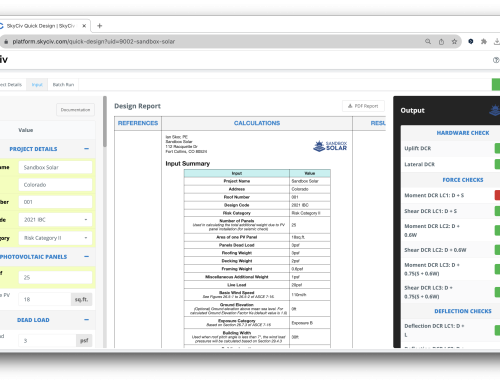Be Social and Network
Although networking has been a valuable skill for decades, younger engineers are now armed with social media platforms such as LinkedIn, allowing them to network more effectively than previous generations. If you haven't already, create a LinkedIn profile, write a short introduction, post engaging updates and grow your professional network. Remember the golden rule - it's not what you know, it's who you know! It is also important for budding structural engineers to attend career-oriented events that encourage networking. These can be in the form of more general events, like steel structural engineering shows, or niche ones, such as event rigging shows. Engineers looking to network should take a digital copy of their resume with them to these events to send to potential employers and make connections on LinkedIn. An effective way of managing this is to keep your information attached in a draft e-mail or saved on a cloud drive. Check out this article if you need help writing your engineering resume.Brush Up on Your Software
Structural engineering software is used to ensure designs are practical, safe and compliant with the relevant regulations, in addition to their primary function of analyzing and virtually testing the load bearing capacity of structures. Young structural engineers should familiarize themselves with a variety of general and niche software packages to increase their value to employers. However, the software used in each structural engineering sector can vary. Historically, many traditional software programs have been inaccessible to students and those new to the industry because they require expensive licenses and costly hardware. Fortunately, recent developments in cloud computing has resulted in the creation of software that uses a cheaper subscription model, where programs can be accessed on a web browser from a variety of devices. SkyCiv’s cloud-based structural engineering software is on the cusp of this innovation, providing the same standard of structural analysis as traditional software and available on any system with internet connection.Find Your Passion!
One of the most important steps in a young engineer's career is finding an industry niche that sparks their interest. Use your time at University to explore: experiment with different projects and hobbies in a variety of sectors before choosing the area that appeals to you most. Projects that originate from a hobby can prove to be very fruitful. SkyCiv first began as a hobby and, two years later, has been used on more than two million structural engineering projects around the world. Passion is a powerful tool for success. The initial step on the career ladder is often the most difficult. Young engineers looking to enter the field for the first time should consider these tips to lessen the stress of transitioning into the professional world.Haven't tried SkyCiv? Get started for free today!
Sam Carigliano
CEO and Co-Founder of SkyCiv
BEng (Civil), BCom
LinkedIn
CEO and Co-Founder of SkyCiv
BEng (Civil), BCom







